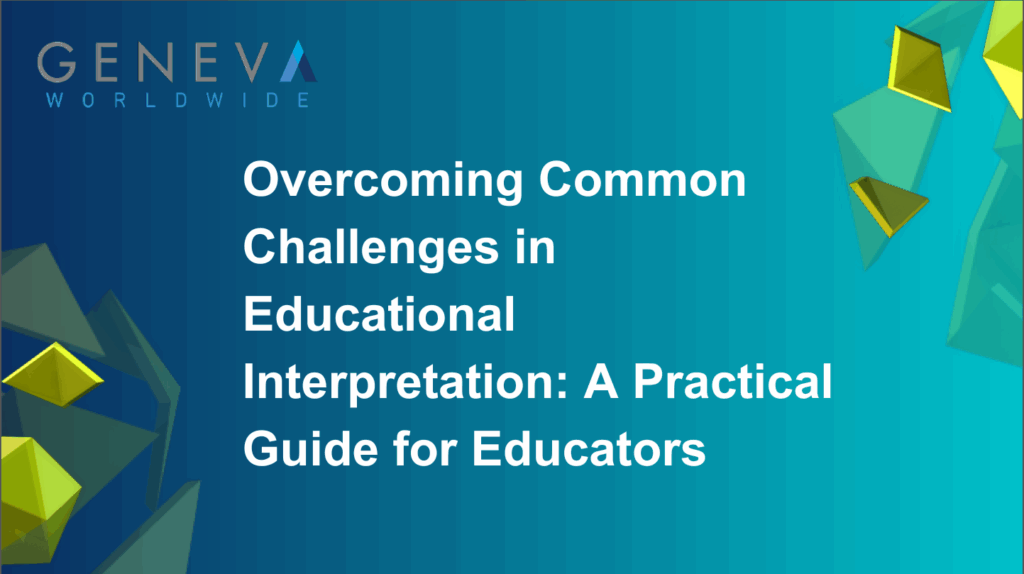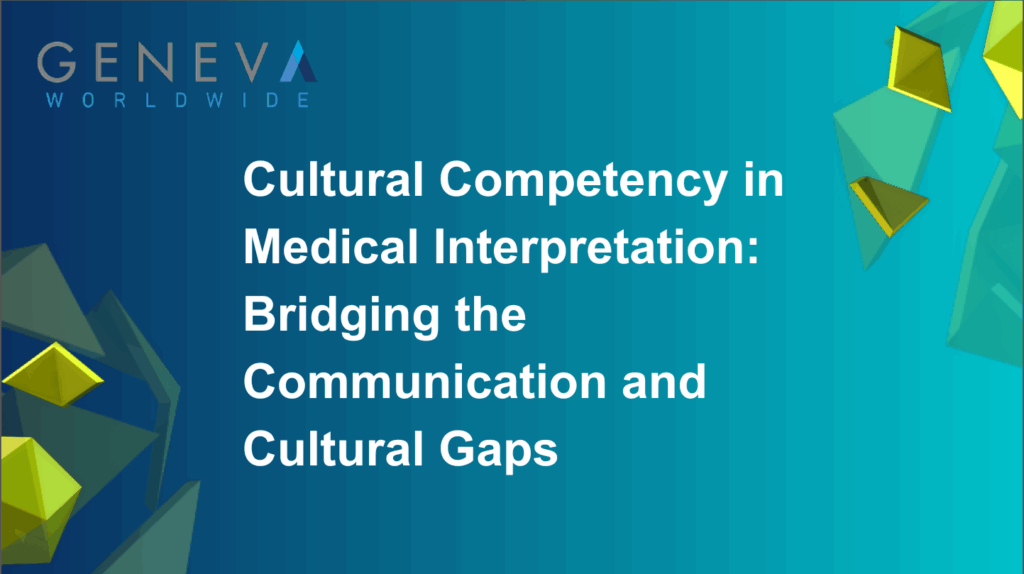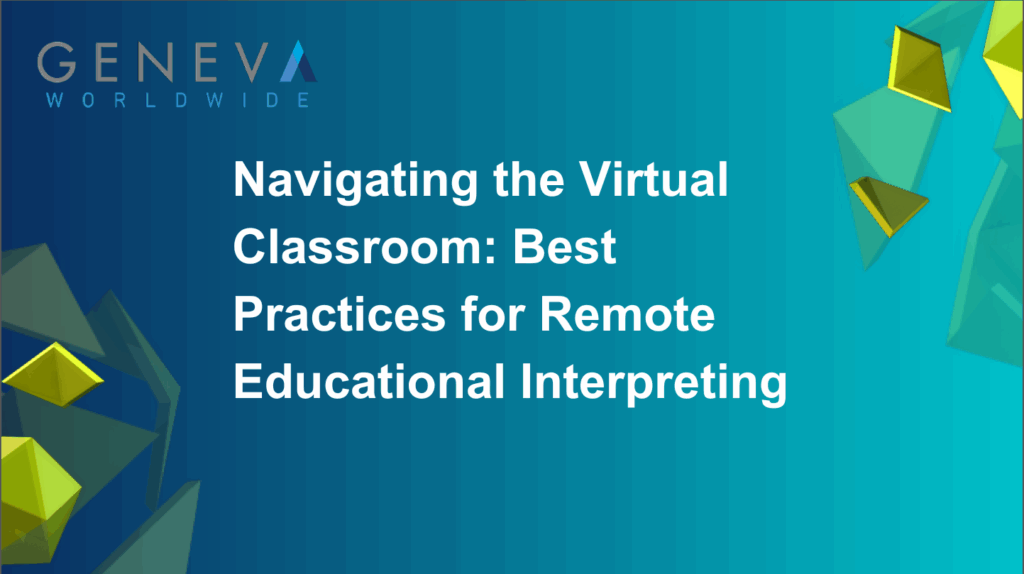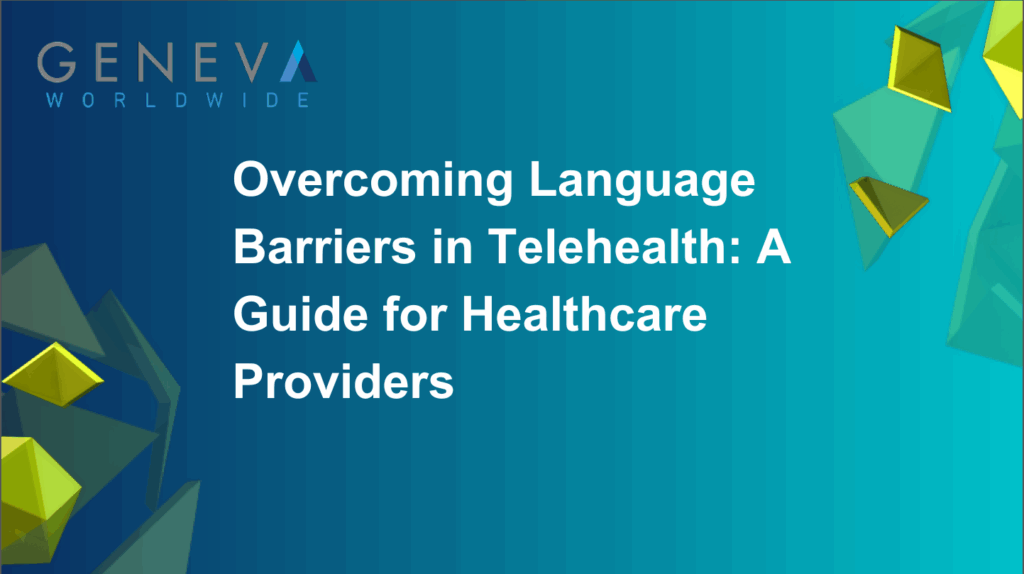




Educational interpretation is a noble vocation and an immensely challenging role. Supporting students means acknowledging various hurdles individuals face, including language barriers, cultural gaps, disabilities, and different communication styles. For…

The work of a medical interpreter is never done, with an enormous number of non-native English speakers seeking medical care. Since the U.S. federal government adopted the National Culturally and…

The shift to virtual learning has transformed how students access education, bringing new opportunities and challenges for accessibility. For students who rely on educational interpreters, remote learning can either be…

Telehealth has seen a surge in adoption over the past few years. A 2023 survey revealed that 74.4% of physicians reported utilizing telehealth services in their practices—a nearly threefold increase…

A Language Access Plan (LAP) is an essential tool for organizations seeking to serve individuals with limited proficiency in English (LEP). It outlines the strategies and resources needed to ensure…

Transcription services play a pivotal role across various industries. Whether converting recorded legal proceedings into written documents, transcribing medical notes, or capturing the essence of corporate meetings, accuracy and reliability…

As communities become more linguistically diverse, organizations are finding that language access is not just a luxury, but a necessity. For many individuals with limited proficiency in English, accessing essential…